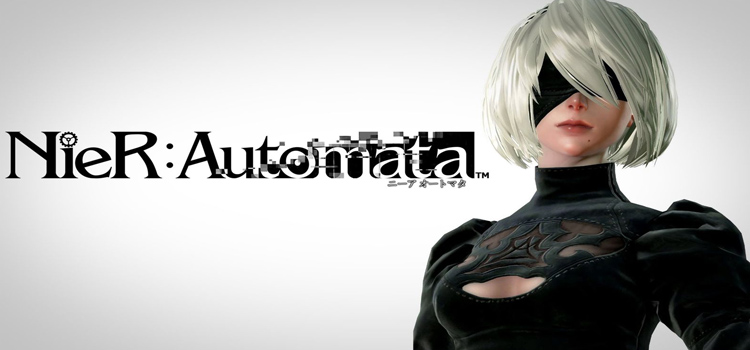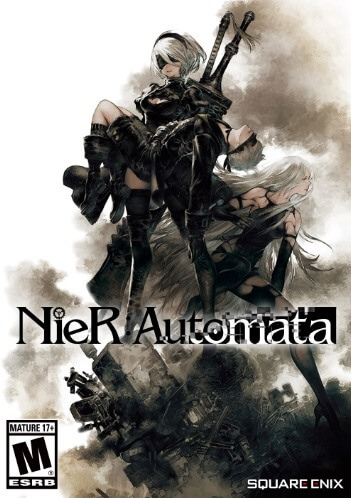
And some are more utilitarian, like increasing your movement speed. Another increases the damage of your pod, a floating robot that you can aim and fire like a gun. One increases your attack power if your health is at 25% or less.

But it’s when you start finding attack, defence, and support chips that things get interesting. 2B comes pre-installed with a few of these, which govern basic functions like the HUD, mini-map, and objective markers. These shooting and platforming sections-and pretty much everything else in the game-have clearly been designed with a gamepad in mind.Ī customisation system based around items called plug-in chips adds further depth. You can muddle through with a mouse and keyboard, but in the same way you can eat a bowl of soup with a fork. It does, however, mean that a controller is pretty much a necessity. It’s a little gimmicky, but adds to the game’s chaotic unpredictability. Sometimes, without warning, the camera will suddenly lift into the air, or shift to a side-scrolling position, and the game will turn into a twin-stick shooter or platformer. And if you’re in it purely for the story, exploration, or RPG elements, you can use special items in easy mode to automate the trickier parts of fighting.īut it’s not all combo-based melee brawling. But while there is a lot of scope for high-level mastery in Automata, you can still finish and enjoy the game using only basic combos. You can launch enemies into the air too, which only adds to the head-spinning number of combos you can pull off. But the timing is a lot more forgiving than other Platinum games, giving you a generous window to respond-at least on normal difficulty. And weapons even have their own backstories, revealed as you spend money and materials on upgrading them.Īs an enemy attacks its eyes flash red, which is your cue to block or counter. Every weapon, from colossal greatswords to nimble spears, has its own suite of attacks, meaning there’s a lot of nuance to uncover. Combinations of heavy and light attacks reveal an impressive range of moves, including many where she flings her weapon as a spinning projectile. Whether she’s fighting with a long, elegant samurai sword or a pair of chunky metal gauntlets, the animation is remarkably fluid and graceful. When 2B engages an enemy, she explodes with dazzling, violent energy.

This is the talented Osaka studio behind the likes of Bayonetta, Vanquish, and Metal Gear Rising, and its distinctive brand of deep, stylish combat elevates Nier above most third-person action games. It’s a lightweight open-world RPG with a heavy focus on challenging combat, which is where developer PlatinumGames makes its presence felt. But otherwise it’s a standalone story that you can dive into with no prior knowledge. There are some references that fans of the first game-which has become something of a cult favourite-will appreciate.

Which is for the best, as it was never released on PC. And one of these androids is the protagonist of Nier: Automata, a powerful combat model designated YoRHa No.2 Type B, or 2B for short.Īutomata is a sequel, but you don’t need to play the original to understand it. Androids are sent to the surface to work with local resistance fighters and battle the machines.

From here, in a facility known as the Bunker, mankind wages war on the invaders using machines of their own. Controlled by a mysterious alien intelligence, these machines have conquered the planet and driven the survivors to flee to a base on the Moon. On a ruined Earth, the last fragments of humanity are locked in an endless war with a robot army.


 0 kommentar(er)
0 kommentar(er)
